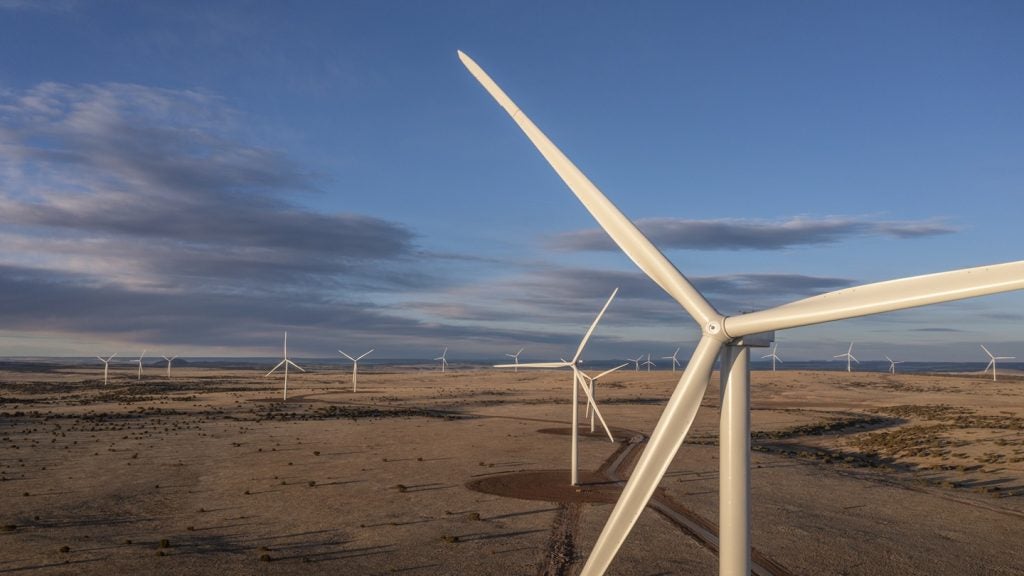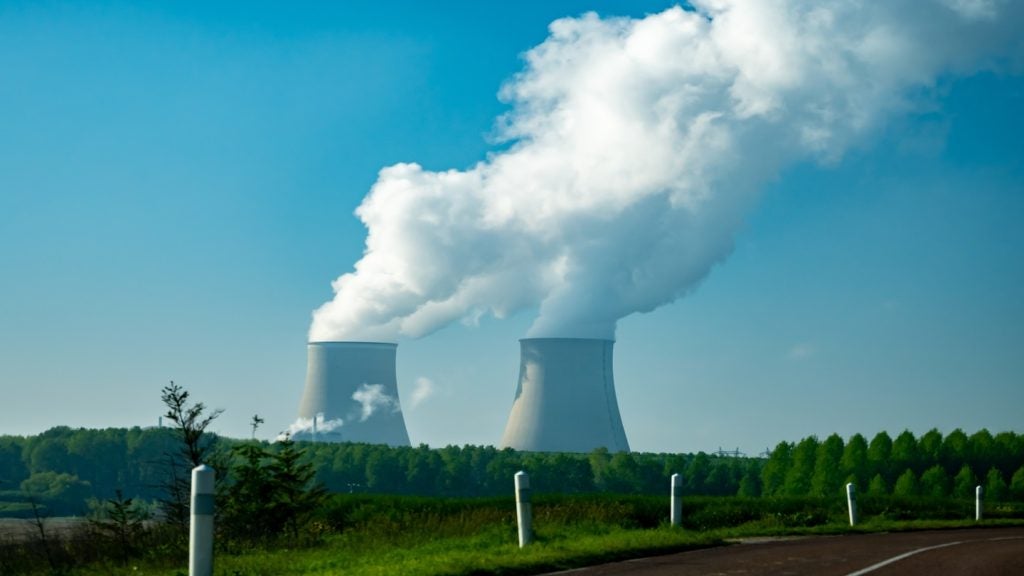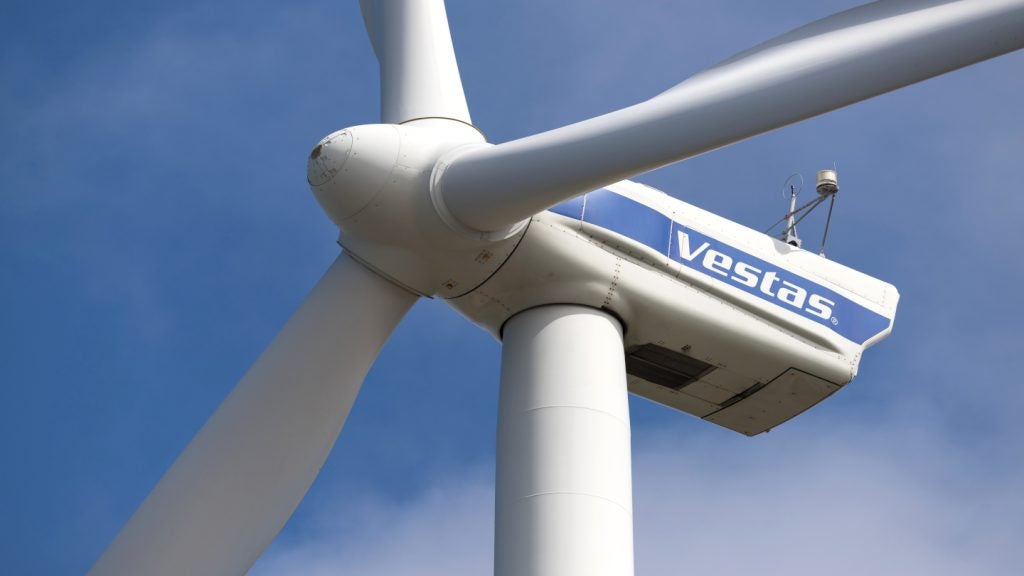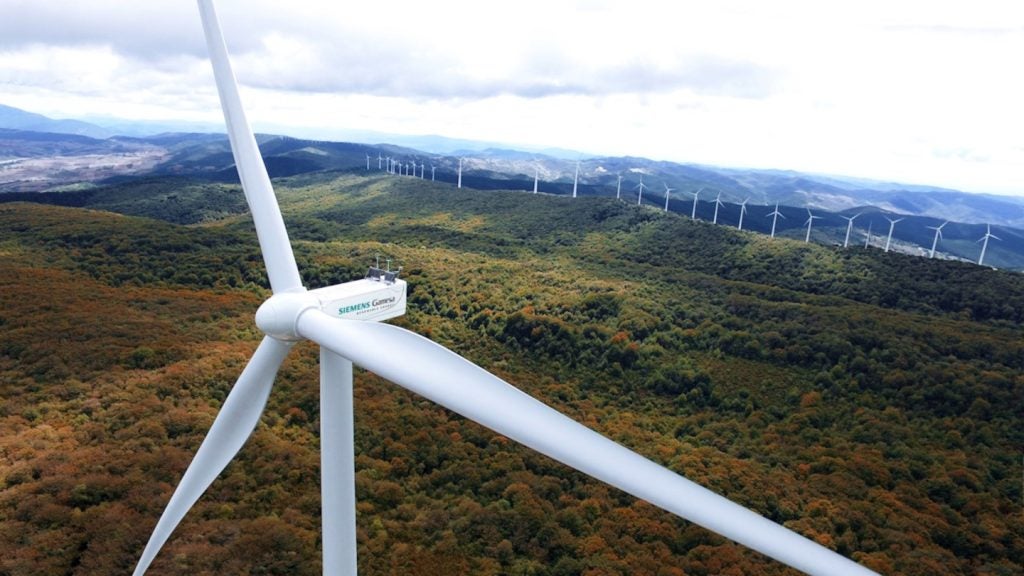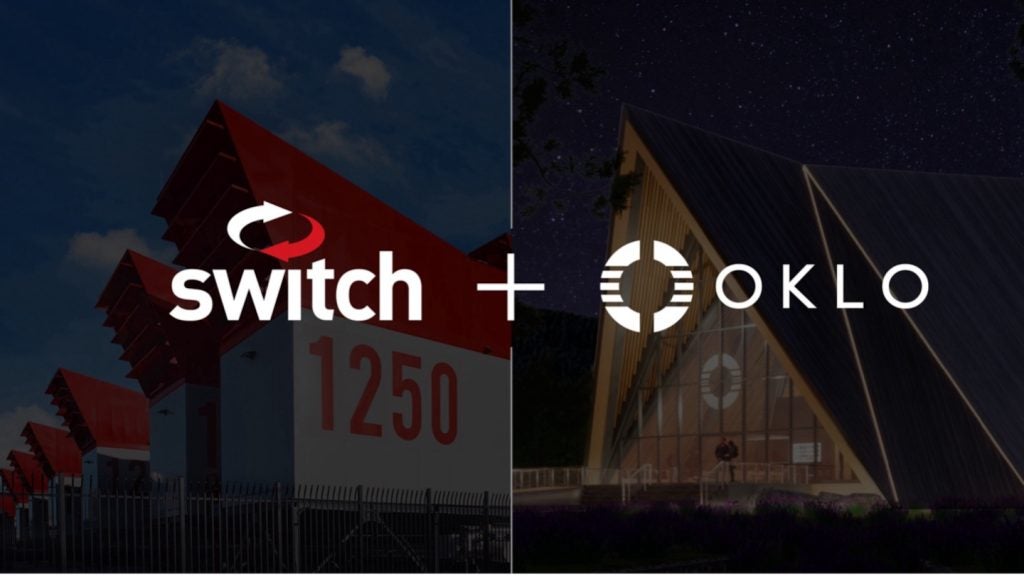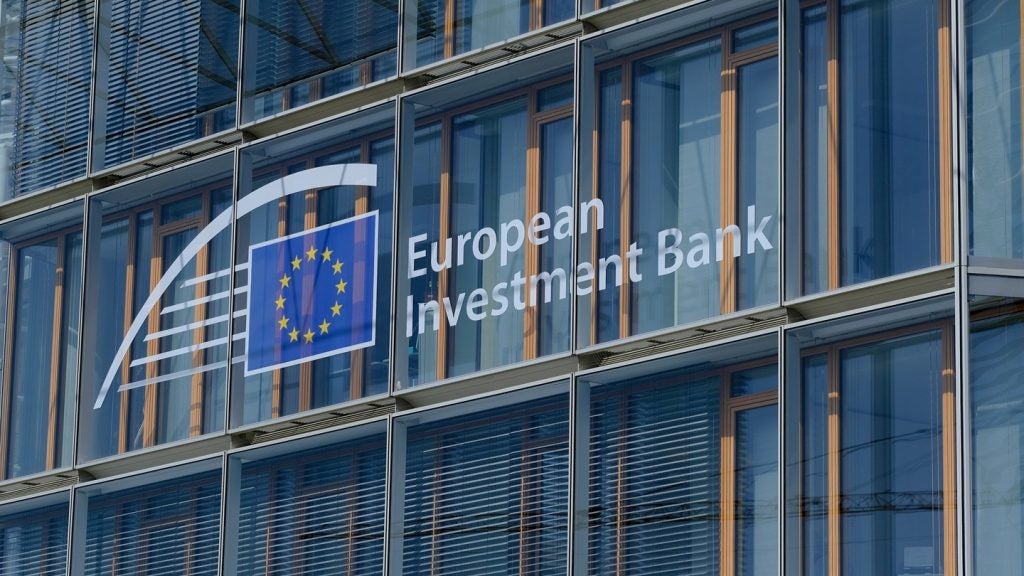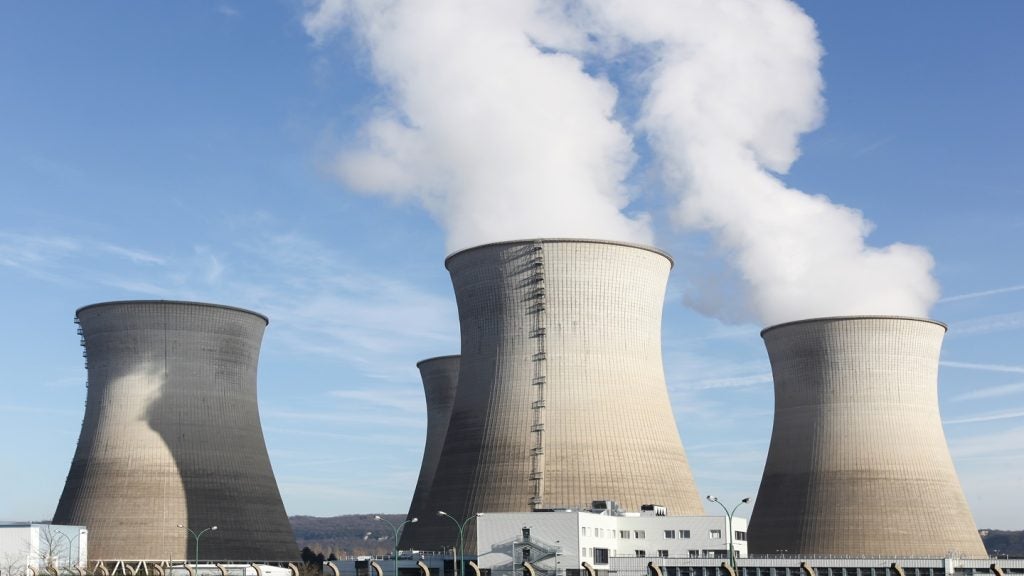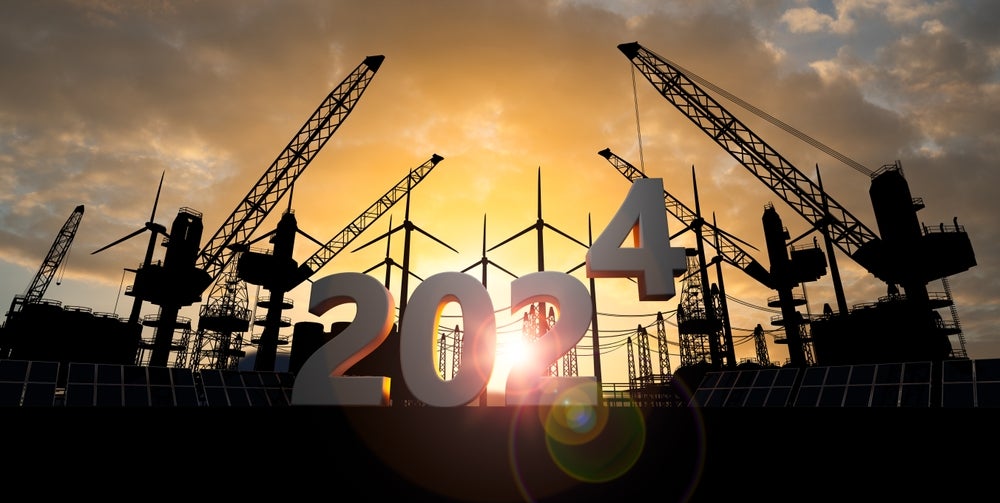GE Vernova's Advanced Research Center has delivered a 3.4MW-140m wind turbine to the National Renewable Energy Laboratory (NREL) for energy research and experimentation.
This collaboration underscores the potential for government and private sector cooperation to drive innovation in critical energy research, focusing on advancing wind technology and energy systems.
The 3.4MW-140m wind turbine will serve as a research platform at NREL, a US government laboratory for wind research. The project is also funded through a solicitation from the US Department of Energy.
The research will explore critical areas such as grid testing, installation technologies, sensors and controls, mechanical systems, advanced aerodynamic solutions, DC (direct) coupling, battery energy storage systems and hydrogen electrolysers.
These align with GE Vernova’s strategic priority to facilitate the widescale deployment of large-scale wind energy systems.
GE Vernova wind business strategy and product leader Matt Guyette stated: “By integrating GE Vernova’s 3.4MW-140m wind turbine into ongoing and new joint research projects, NREL and GE Vernova can accelerate the development of these critical technologies, to make large-scale wind energy systems more accessible and efficient.”
Key advancements include sensors that expand observability, advanced models capturing complex atmospheric behaviours, and sophisticated algorithms optimising turbine coordination and resilience.
The collaboration enables both organisations to leverage expertise and resources to drive innovation. NREL is particularly interested in using the turbine to research green hydrogen production.
GE Vernova Advanced Research Center renewables breakthrough technologies leader Rogier Blom stated: “GE Vernova’s Advanced Research Center’s provision of this turbine to NREL for use in energy research is crucial for advancing wind technologies and accelerating decarbonisation efforts for both organisations.
"This strategic research relationship supports cutting-edge research for next-generation wind turbines, cost-effective renewable energy and grid integration."
Wind energy can enhance the efficiency and scale of hydrogen production more consistently than solar, contributing to lower carbon energy alternatives.
This research focuses on directly coupling wind turbines into a DC power architecture, enabling smoother integration with electrolysis systems.
This approach is crucial for heavy industries such as steel manufacturing, where a steady supply of green hydrogen supports decarbonisation and a more sustainable global economy.
The 3.4MW-140m turbine will be installed in 2026 at the NREL Flatirons site in Colorado, joining a fleet dedicated to energy research advancements.


